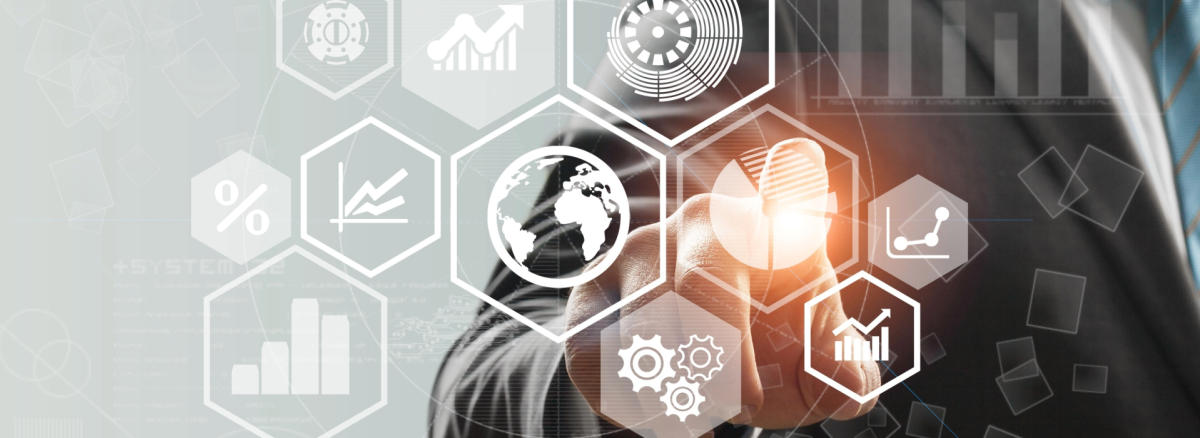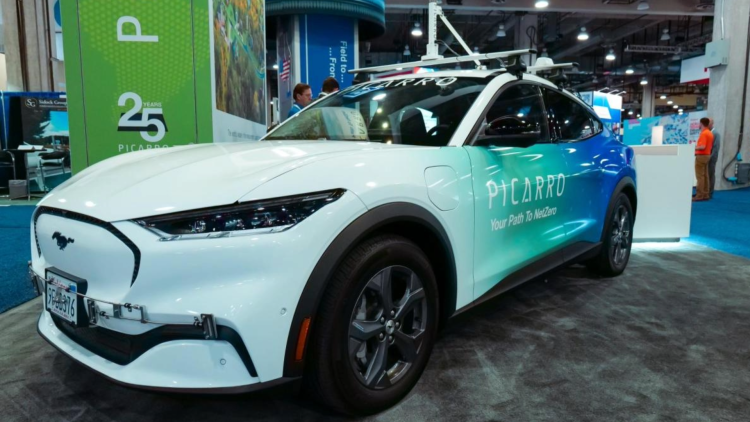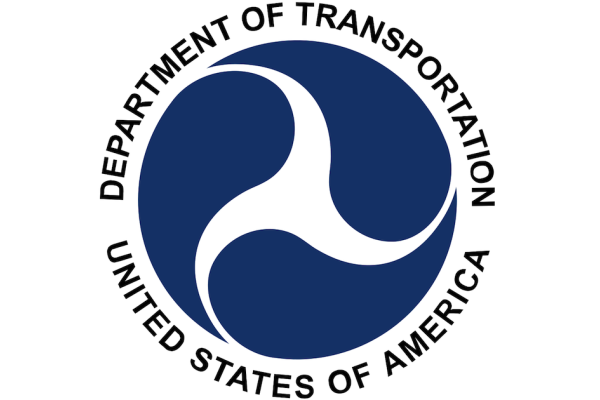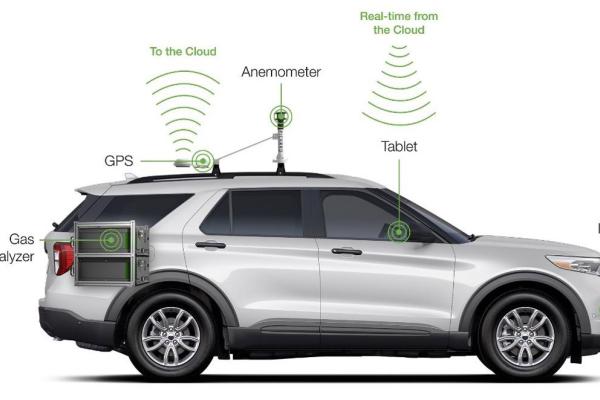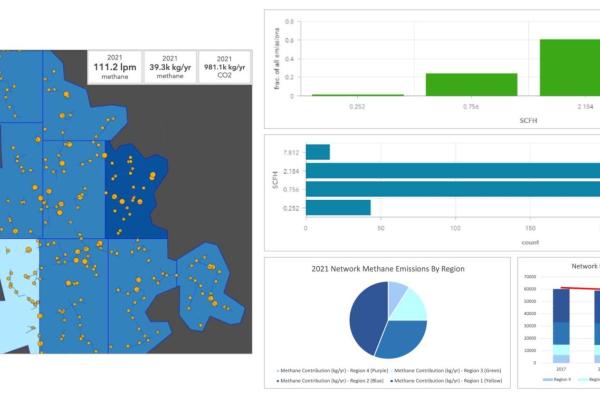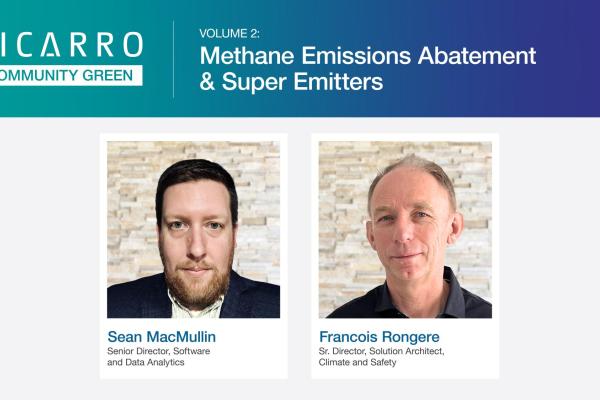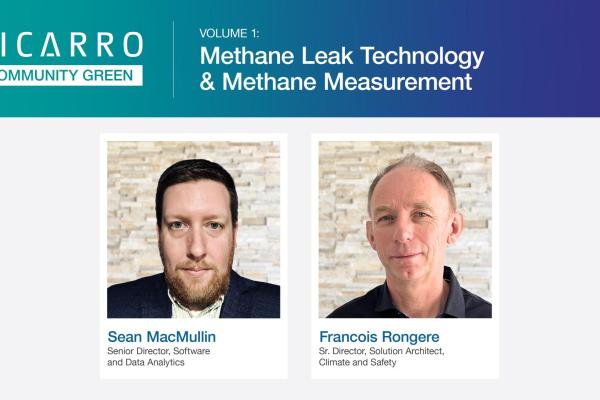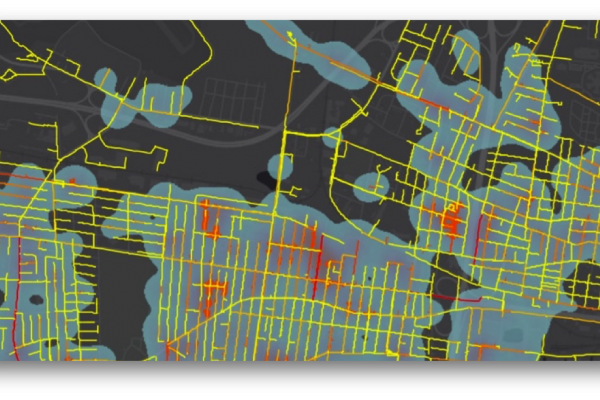Addressing methane emissions is critical in combating climate change, alongside efforts to reduce carbon dioxide (CO2) emissions. Recent studies have underscored methane's significant contribution to current warming, prompting calls for deep reductions in anthropogenic methane emissions by 2030 to limit global warming to 1.5°C.
Global Response to Methane Emissions: Initiatives and Regulations
Both the United States and the European Union have recognized the importance of addressing methane emissions. In the US, the Gas Pipeline Advisory Committee (GPAC) has made recommendations to advance the "Gas Leak Detection and Repair" New Proposed Rule Making (NPRM) by the Pipeline and Hazardous Materials Safety Administration (PHMSA).
Advancements in the US: The GPAC Recommendations and NPRM
GPAC's recommendations, which were informed by industry experts and stakeholders, underscored the importance of leak flow rate as the primary metric for characterizing leaks and as a performance criterion for detection systems. Beyond the NPRM, GPAC suggested integrating flow rate as the low detection limit for equipment utilized in operators' Advanced Leak Detection Programs. Additionally, it advocated for establishing a minimum flow rate threshold for the repair of grade 3 leaks to avoid unnecessary expenses.
Embracing Technology – Moving from Reactive to Proactive
These recommendations bolster Picarro users who stand to gain significant advantages, leveraging the company's technology and advanced software package to address key industry needs.
Firstly, Picarro's technology enables operators to conduct accelerated and multiple frequency leak surveys cost-effectively, facilitating flexible and targeted leak detection programs. By utilizing low-cost mobile detection and advanced data integration and analytics, operators can gather extensive information across their entire network automatically organized and processed to extract actionable insights.
Secondly, the recommendation enhances the feasibility of implementing innovative Advanced Leak Detection Programs, supported by robust data collected at regular intervals. This data-driven approach allows operators to enhance safety and maximize emissions abatement at a low cost, by accelerating both the detection and repair of larger leaks.
Building a Greener Europe: The European Green Deal and the Methane Strategy
Similarly, the European Union has taken proactive steps through initiatives like the European Green Deal and the Methane Strategy to achieve climate neutrality by 2050. The EU's efforts include setting specific targets for reducing methane emissions, particularly those from the energy sector. To achieve these targets, a new regulatory framework is being developed to address methane emissions across the entire energy value chain.
Decoding the European Regulatory Framework
Key components of this regulatory framework include stringent rules for measurement, monitoring, reporting, and verification of methane emissions, along with requirements for LDAR surveys and restrictions on venting and flaring. These regulations aim not only to reduce emissions but also to ensure worker safety and promote transparency in reporting.
Collaboration at the international level is crucial to effectively combat methane emissions. Initiatives like the International Methane Emissions Observatory (IMEO), established in partnership with organizations like the United Nations Environment Programme (UNEP) and the Climate and Clean Air Coalition (CCAC), play a vital role in collecting and publishing global methane emissions data. This international cooperation enables standardized methodologies for monitoring and mitigating methane emissions on a global scale.
The Role of Measurement-informed Inventories
One critical aspect of the EU regulation is the requirement for operators to submit reports containing both source-level and site-level methane emissions data. This comprehensive approach allows for a better understanding of emissions and forms the basis for Measurement-informed Inventories (MII). Picarro offers solutions for complying with these requirements by conducting cost-efficient measurements at large distribution grids.
Furthermore, Picarro's technology serves as a central component for integrating Leak Detection and Repair (LDAR) initiatives, emissions reporting, abatement efforts, and asset replacement programs. By providing a unified source of truth for leak detection and quantification, Picarro enables seamless coordination and optimization of various pipeline management activities.
Policy makers from the US and EU have concluded the consultation period and the new rules are expected to come into force in the current year 2024.
Would you like to read more? Register for the Picarro Gas Community! Gain unlimited access to restricted content including playbooks, technical guides and conference panels.
